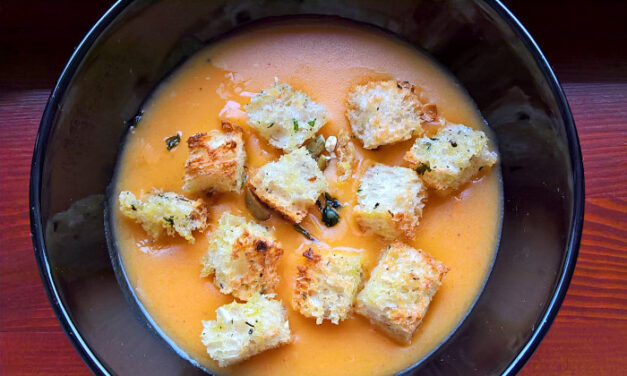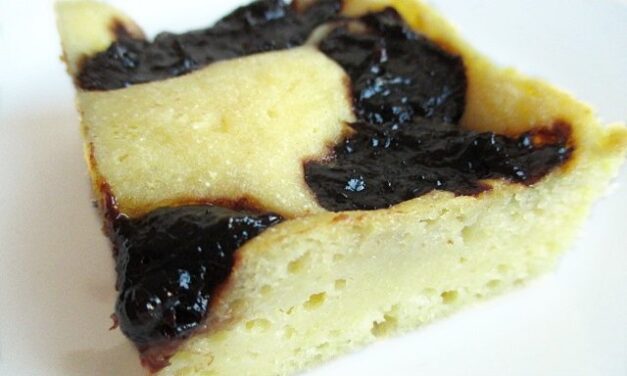Rainy, misty fall days have set in, so this is a good reason to support our nervous system by boosting the endorphins and look up recipes of “weightier” sweets. Hókifli or snow crescents are usually baked during the autumn-winter season, but during Advent and at Christmas consumption index goes sky high. Snow crescents are said to keep for 2 weeks in an airtight box, but in lack of experience I can’t confirm it.
There are many different snow crescent recipes, but the final step is always the same in case of every version: hot cookies are rolled in icing sugar. These tiny crescents can be filled with jam: preferably apricot and plum, but other sourish jams like raspberry or red currant might also be used, but it’s important to choose thick jam, runny jam will torture your nerves. Besides jam walnut and poppy seed fillings can be a perfect choice, as well, the recipe of the beigli filling can be here applied, too.
Shortenings are the soul of the dough, many recipes call only for butter, but, like it or not, lard is also necessary, without it hókifli can’t be a comfort food, the so called granny-feeling can’t be summoned. The fifty-fifty ratio of butter and lard makes the dough really soft and crumbly.
Forming technique of the crescents varies from house to house, as I don’t like pottering and forming regular crescent-shaped biscuits is too nerve-racking for me, I’m showing you 2 techniques that facilitate the preparation. They are just examples, not rules set in stone, so it’s up to you how you form the crescents.

Concerning vanilla sugar I use homemade to roll the biscuits. To prepare your own, just simply add 1-2 whole vanilla beans to an airtight jar containing 1-2 cups of white sugar, and let the mixture age for approximately 2 weeks.



















0 Comments